
Supercharge your lead generation with a FREE Google Ads audit - no strings attached! See how you can generate more and higher quality leads
Get My Free Google Ads AuditFree consultation

No commitment
Supercharge your lead generation with a FREE Google Ads audit - no strings attached! See how you can generate more and higher quality leads
Get My Free Google Ads AuditFree consultation

No commitment
"Smart home security systems are more popular than ever, yet capturing leads in this niche market presents unique challenges. In competitive markets, high-value prospects often browse services without ever contacting sales, resulting in lost opportunities. With increasing consumer demands, traditional advertising methods might fall short. Advanced tools can now bridge this gap by identifying anonymous visitors and integrating them into targeted efforts. Professionals and entrepreneurs alike are turning to cutting-edge solutions like Google Ads because of its ability to pinpoint high-intent prospects right when they're actively seeking home security solutions. By integrating Google Ads within your marketing strategy, you can bridge online awareness efforts with offline sales, allowing you to intercept decision-makers precisely when they need your services. This guide elaborates on leveraging Google Ads to capture potential clients for smart home security and highlights how modern approaches can orchestrate this strategy seamlessly."
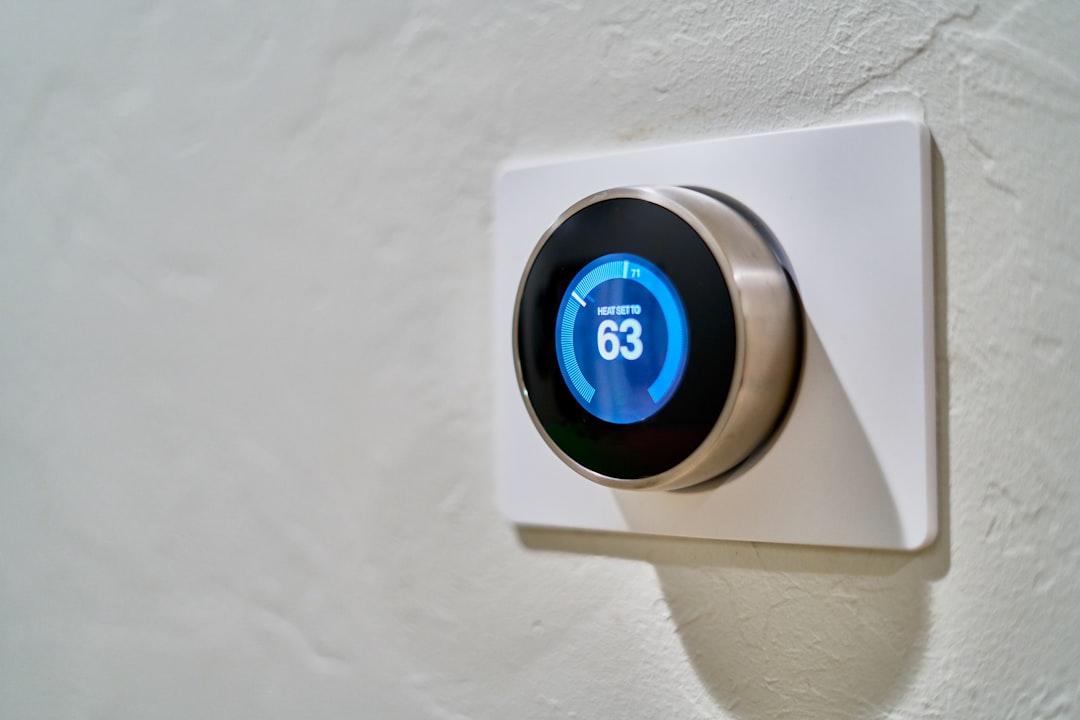
Smart home security companies must attract and convert high-value prospects in a market shaped by privacy concerns, rapid IoT adoption, and complex buyer journeys. Google Ads for Smart Home Security enables brands to precisely target in-market buyers, using data-driven insights to engage individuals who already demonstrate intent to invest in advanced protection.
A robust paid search strategy transforms anonymous clicks into actionable sales opportunities. Marketers who unify their paid, organic, and CRM data can surface which accounts are visiting their site, analyze which campaigns are driving enterprise-level interest, and prioritize follow-up for deals most likely to close. This targeted approach reduces wasted ad spend and improves lead quality by focusing budget on verified in-market engagement.
To streamline your lead generation and campaign management, get started for free with Sona and see how unified audience intelligence can accelerate your pipeline.
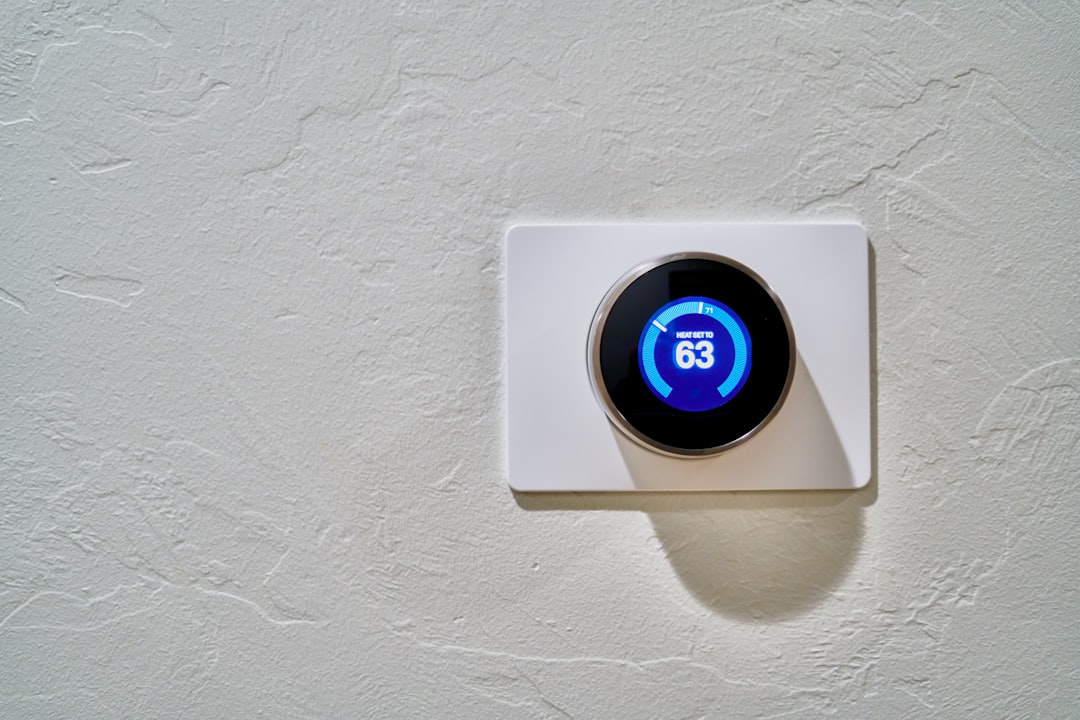
Smart home security buyers are highly specialized, often representing facility directors or IT decision-makers with unique requirements. Google Ads enables security providers to focus budget on these valuable segments, ensuring every impression is delivered to stakeholders actively searching for advanced protection and automation solutions. For a deeper understanding of challenges related to privacy and vulnerabilities in smart devices, review this academic analysis of Alexa security.
In urgent scenarios like last-minute installations or seasonal surges in demand, the ability to trigger targeted ads based on real-time visitor intent can make the difference between winning or missing a deal. By identifying and flagging high-value visitors before they convert, marketing and sales teams can coordinate outreach and ensure immediate follow-up at precisely the right moment.
Expanding into new or underserved regions requires more than basic demographic targeting. Integrating enriched data from multiple platforms allows for granular visibility into emerging local markets, supporting precise campaign personalization that drives engagement with buyers who are most likely to convert. Teams looking to enhance their segmentation can leverage precise audience intelligence for more effective reach.
Real-time measurement is fundamental to optimizing digital marketing for security systems. Google Ads offers closed-loop analytics that tie ad clicks directly to form fills, demo requests, or signed contracts, arming revenue teams with actionable insights to optimize spend and prioritize high-performing campaigns. To maximize your pipeline velocity and ROI, get started for free with Sona.
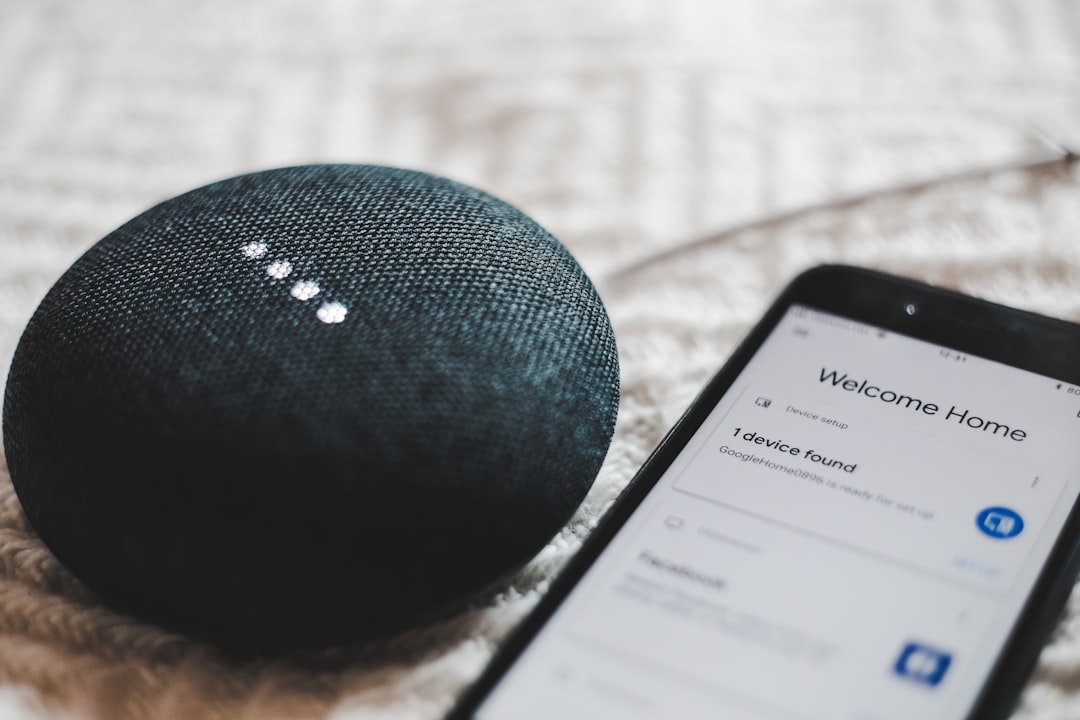
Ready to see how this works for your team? Get started for free with Sona.
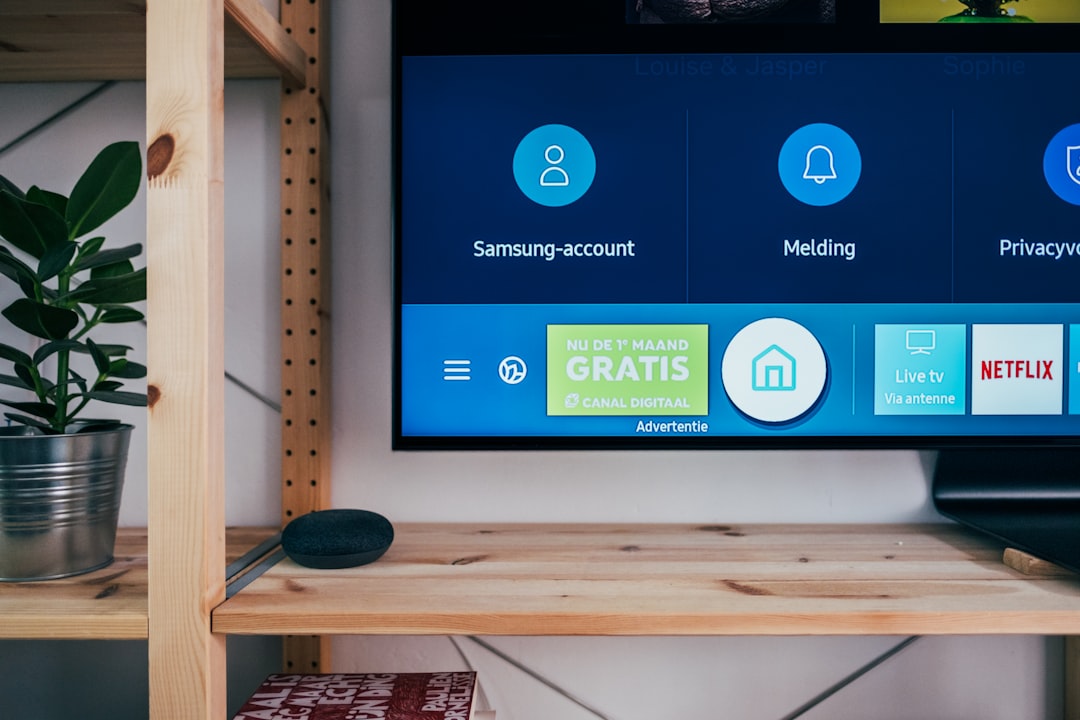
Smart home security marketing demands precision and adaptability. Growth comes from not only reaching high-intent buyers but also from surfacing overlooked segments and channels. Revenue teams can maximize each advertising dollar by combining granular keyword strategies with actionable audience data, ensuring their ads consistently reach decision-makers most likely to convert.
Each of these strategies, when executed with unified data and dynamic audience management, empowers smart home security providers to capture and convert their most valuable opportunities. Get started for free with Sona.
Audience segmentation is foundational for effective smart home security marketing. B2B revenue teams that structure campaigns by segment consistently outperform generic efforts, capturing more qualified leads and maximizing the value of every ad dollar. By leveraging audience segmentation strategies, marketers unlock higher engagement and drive measurable improvements in Google Ads for Smart Home Security ROI.
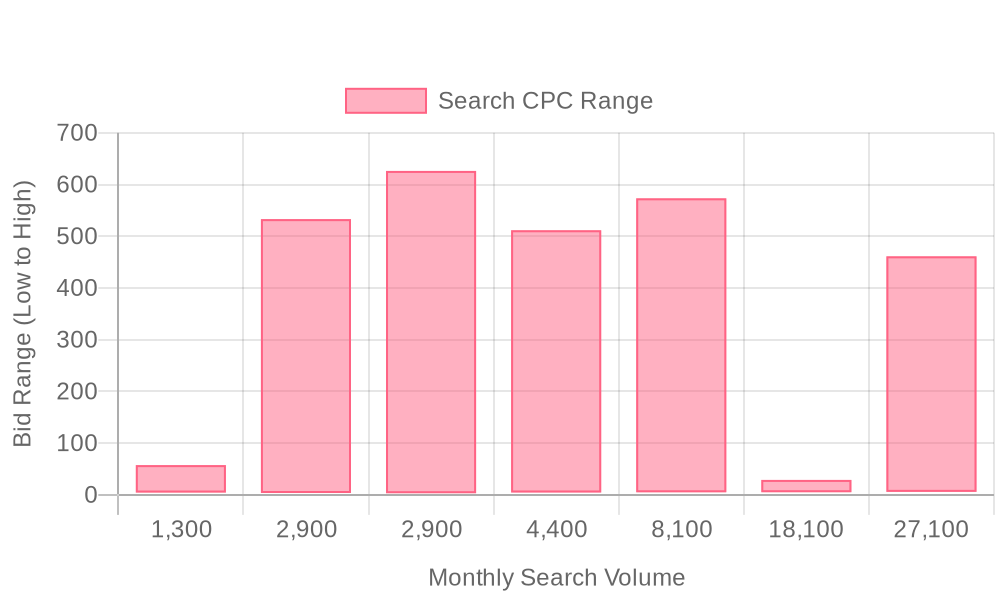
| Industry | Keyword | Monthly Search Volume | Competition Level | Low Bid | High Bid |
| Smart Home Security | vivint security system cost | 1300 | HIGH | 4.51 | 57.53 |
| Smart Home Security | vivint alarm system | 2900 | HIGH | 3.58 | 533.12 |
| Smart Home Security | vivint alarm | 2900 | HIGH | 3.23 | 626.23 |
| Smart Home Security | vivint home security system | 4400 | MEDIUM | 4.65 | 511.56 |
| Smart Home Security | vivint security system | 8100 | HIGH | 5.11 | 573.26 |
| Smart Home Security | smart home security | 18100 | MEDIUM | 5.16 | 28.94 |
| Smart Home Security | vivint security | 27100 | HIGH | 5.8 | 461.13 |
A targeted keyword strategy is the foundation of effective digital marketing for security systems. In the smart home security sector, precision matters: the right home security keywords connect your brand directly with homeowners and buyers who are actively seeking robust, modern solutions. By focusing on high-intent queries like “best smart home security system,” “wireless security camera installation,” or “24/7 home monitoring services,” advertisers ensure every impression reaches a likely decision-maker. For additional insights on optimizing smart home campaigns, explore our guide to account identification.
Precision targeting elevates Google Ads strategies by aligning campaigns with real-time audience signals. Marketers can refine their audience segments based on job roles, company size, or recent purchasing activity, allowing ads for home automation and security to reach only the stakeholders who control buying decisions. Dynamic audience management, supported by unified data sources, keeps targeting responsive: as users show new intent or move deeper into the funnel, audience lists update automatically, ensuring messaging is always relevant.
Measurable ROI in PPC for smart home security comes from integrating advanced conversion tracking and intent-based segmentation. Solutions that unify CRM, website, and ad platform data enable seamless attribution from click to contract, even as prospects move between online research and direct sales conversations. By syncing enriched audience data into platforms like Google Ads, marketers gain a transparent view of which keywords and campaigns deliver real revenue, not just leads—making ongoing ad spend optimization clear and actionable in every campaign management cycle. To experience this streamlined approach, get started for free with Sona.
Building high-impact keyword lists is foundational for any smart home security advertising strategy. Segmenting services by type—such as camera systems, automated locks, and monitoring subscriptions—allows precise targeting and message alignment. Adding local modifiers ensures your campaigns appear in relevant searches like “smart home security installation near me” or “home automation services in Austin,” driving qualified local traffic. Effective keyword grouping helps allocate budget efficiently, focusing resources on high-converting areas. For inspiration on high-performing keywords, explore this list of home security keywords.
Integrating negative keywords is essential for filtering out irrelevant clicks, such as “DIY security hacks” or “security camera reviews,” which often attract non-buyers. This tactic refines campaign scope, minimizes wasted spend, and improves overall Google Ads ROI. When enriched with first-party CRM data and real-time visitor identification, marketers can elevate their keyword strategy by pinpointing which companies or high-value leads are actively searching and adapt bids accordingly. Discover more actionable strategies in our library of marketing playbooks.
Ad copy in the home security sector must immediately establish trust and address customer anxieties. Incorporate trust markers such as certifications, industry accolades, or customer testimonials to demonstrate reliability and expertise. Directly referencing pain points—like unauthorized access, property loss, or the complexity of integrating multiple devices—grabs attention and increases engagement rates. Clear, benefit-driven headlines such as “Protect Your Smart Home 24/7—Certified Local Experts” outperform generic messaging in both click-through and conversion rates. For industry-specific PPC advice, see this guide to PPC strategies for home security companies.
Dynamic ad platforms enable the adaptation of messaging based on in-market behaviors. By integrating real-time intent signals, campaigns can automatically tailor headlines and descriptions to match the urgency or specific interest of each visitor, improving relevance and engagement. This approach not only lifts overall engagement but also provides actionable insights for future creative iterations. For more best practices, visit our blog on marketing performance.
Each ad must direct users to a dedicated landing page crafted for the specific service or offer mentioned. Consistency between ad messaging and landing page content is critical to maintaining user trust and driving conversions. Pages should provide a clear value proposition, address common security concerns, and showcase product features or installation processes. Including high-visibility calls to action like “Schedule a Free Security Audit” ensures frictionless conversion paths.
Given the rise in mobile searches for home security solutions, mobile compatibility is non-negotiable. Responsive layouts, fast load times, and simplified forms are essential to prevent drop-off. As users move through the funnel, leveraging dynamic audience updates ensures returning visitors see the most relevant offers or next-step CTAs, further increasing conversion rates and reducing acquisition cost. Get started for free with Sona.
Optimization is an ongoing process that relies on actionable, unified data. Monitor live campaign metrics such as click-through rates, cost per acquisition, and conversion rates to identify underperforming segments or new growth opportunities. Adapting bidding strategies in real time allows for budget reallocation to the highest-converting audiences—such as increasing bids for visitors showing strong purchase signals or those recently engaging with installation content. For an industry overview, visit this home security marketing solutions resource.
Importing conversions, including both online form fills and offline sales consultations, refines your optimization model by tying ad spend directly to true revenue outcomes. When CRM and Google Ads audiences are kept in sync, marketers can dynamically adjust retargeting pools, exclude closed deals, and prioritize high-intent accounts. This level of precision enables rapid response to shifting interest, reduces wasted ad spend, and maximizes the impact of every marketing dollar. For additional insights, read our guide to maximizing ROI through offline channels.
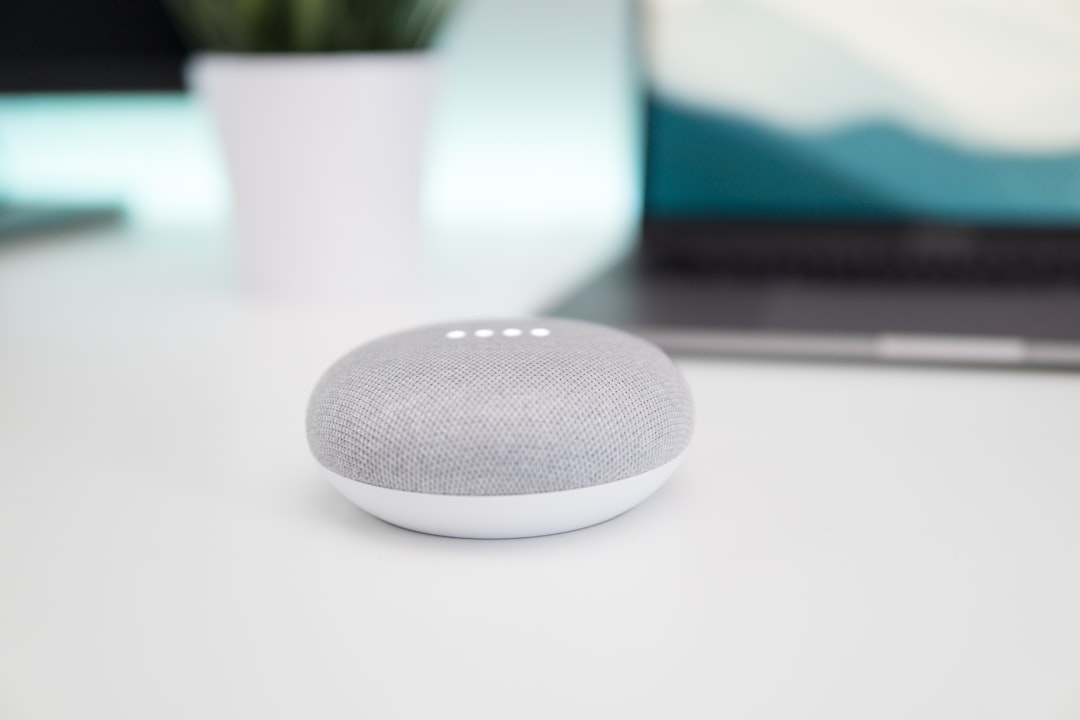
Retargeting educators provides an effective path to deepen engagement with prospects who have previously interacted with your brand’s educational content. By leveraging insights from webinars, resource downloads, and interactive guides, marketers can build custom audiences for smart home advertising that respond to tailored follow-up campaigns. With advanced visitor identification capabilities, it's possible to move beyond anonymous traffic and recognize which organizations and decision-makers are consuming these materials, allowing for more precise retargeting and nurturing across digital touchpoints.
Upselling services becomes substantially more impactful when CRM data is integrated directly with your digital advertising stack. Segmenting current customers based on purchase history, product usage, and support interactions uncovers new upsell opportunities—such as smart device upgrades, remote monitoring, or bundled automation packages. Seamless CRM and ad platform sync ensures these enriched audiences are dynamically updated, so each customer sees the most relevant offers at the right time in their buying journey. This approach not only increases lifetime value but also boosts overall ROI from Google Ads strategies focused on cross-selling and retention.
Localizing campaigns is essential to maximizing outreach in the home security marketing sector. Customizing messaging by state, city, or neighborhood allows campaigns to reflect local trends, regulations, and seasonal concerns—for example, highlighting break-in statistics or insurance incentives unique to a specific region. Marketers can activate real-time intent data to quickly identify and prioritize areas showing increased interest or urgent needs for security solutions, enabling rapid budget shifts toward high-converting locations.
Expanding content efforts is driven by continuous analysis of search query data and audience interests. By monitoring evolving homeowner pain points, marketers can launch focused PPC for smart home campaigns on emerging topics such as “smart lock installation” or “AI-powered camera systems.” These insights support the development of high-impact content assets and targeted Google Ads for Smart Home Security campaigns across multiple digital channels. With dynamic audience updating, new leads entering the funnel are immediately eligible for tailored nurture tracks, ensuring every interaction is contextually relevant and aligned with user intent.
In conclusion, effectively leveraging Google Ads for smart home security can significantly enhance your product's visibility and drive customer engagement. By understanding the unique challenges of the smart home security market and employing tailored advertising strategies, you can create impactful campaigns that resonate with your target audience.
Throughout this article, we've explored the key components of successful Google Ads campaigns, including keyword optimization, audience targeting, and compelling ad copy. These strategies, when executed thoughtfully, can position your smart home security solutions as the top choice for consumers seeking safety and convenience.
By embracing these insights, you open the door to a transformative advertising journey, empowering your brand to capture the attention and trust of potential customers. Your commitment to refining your approach will not only elevate your marketing efforts but also contribute to a safer, smarter world.
Ready to take your advertising strategy to the next level? Start for free to experience our platform and its capabilities today.
Best practices include targeting high-intent keywords, creating tailored landing pages, utilizing data-driven insights for audience targeting, and continuously optimizing ad campaigns based on real-time data.
Optimize campaigns by using precise keyword targeting, aligning ad copy and landing pages, integrating CRM data, and employing real-time analytics to adjust bidding strategies and focus on high-converting audiences.
Allocate budget based on targeting verified in-market engagement and focusing on high-intent prospects to minimize wasted ad spend and improve lead quality.
Track metrics such as click-through rates, cost per acquisition, conversion rates, and the impact of ad spend on actual revenue outcomes.
Target the right audience by integrating visitor identification technology, using keyword targeting for high-intent searchers, and aligning campaigns with real-time intent signals and audience data.
Join results-focused teams combining Sona Platform automation with advanced Google Ads strategies to scale lead generation

Connect your existing CRM

Free Account Enrichment

No setup fees
No commitment required

Free consultation

Get a custom Google Ads roadmap for your business
Join results-focused teams using Sona Platform automation to activate unified sales and marketing data, maximize ROI on marketing investments, and drive measurable growth

Connect your existing CRM

Free Account Enrichment

No setup fees
No commitment required

Free consultation

Get a custom Google Ads roadmap for your business
Over 500+ auto detailing businesses trust our platform to grow their revenue
Join results-focused teams using Sona Platform automation to activate unified sales and marketing data, maximize ROI on marketing investments, and drive measurable growth

Connect your existing CRM

Free Account Enrichment

No setup fees
No commitment required

Free consultation

Get a custom Google Ads roadmap for your business
Over 500+ auto detailing businesses trust our platform to grow their revenue
Join results-focused teams using Sona Platform automation to activate unified sales and marketing data, maximize ROI on marketing investments, and drive measurable growth

Connect your existing CRM

Free Account Enrichment

No setup fees
No commitment required

Free consultation

Get a custom Google Ads roadmap for your business
Over 500+ auto detailing businesses trust our platform to grow their revenue
Join results-focused teams using Sona Platform automation to activate unified sales and marketing data, maximize ROI on marketing investments, and drive measurable growth

Connect your existing CRM

Free Account Enrichment

No setup fees
No commitment required

Free consultation

Get a custom Google Ads roadmap for your business
Over 500+ auto detailing businesses trust our platform to grow their revenue
Our team of experts can implement your Google Ads campaigns, then show you how Sona helps you manage exceptional campaign performance and sales.
Schedule your FREE 15-minute strategy sessionOur team of experts can help improve your demand generation strategy, and can show you how advanced attribution and data activation can help you realize more opportunities and improve sales performance.
Schedule your FREE 30-minute strategy sessionOur team of experts can help improve your demand generation strategy, and can show you how advanced attribution and data activation can help you realize more opportunities and improve sales performance.
Schedule your FREE 30-minute strategy sessionOur team of experts can help improve your demand generation strategy, and can show you how advanced attribution and data activation can help you realize more opportunities and improve sales performance.
Schedule your FREE 30-minute strategy sessionOur team of experts can help improve your demand generation strategy, and can show you how advanced attribution and data activation can help you realize more opportunities and improve sales performance.
Schedule your FREE 30-minute strategy session





Launch campaigns that generate qualified leads in 30 days or less.
